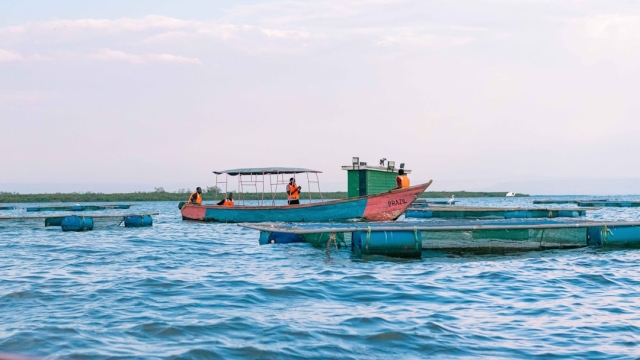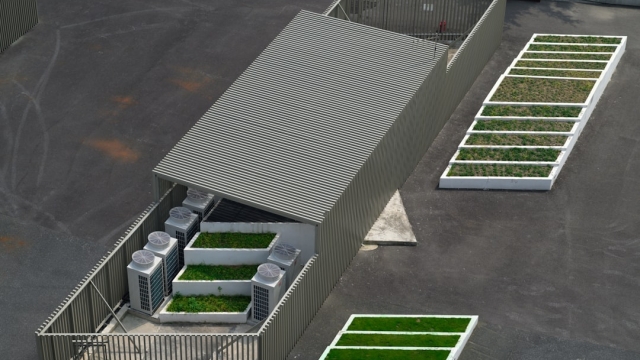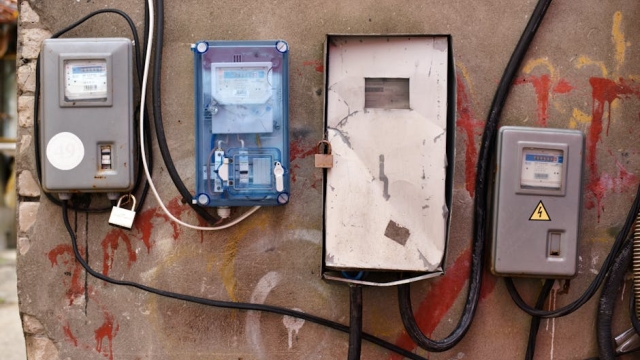
Types of Aquaculture Equipment An Overview
Aquaculture, the practice of farming aquatic organisms such as fish, shellfish, and seaweed, plays a crucial role in meeting the global demand for seafood. As the industry continues to grow, so does the need for reliable and efficient aquaculture equipment. Selecting the right equipment and supplier can significantly impact the success of any aquaculture operation. This article provides an overview of the types of aquaculture equipment available, tips for choosing the right supplier, and key features to consider when evaluating equipment.
Types of Aquaculture Equipment: An Overview
Aquaculture involves various processes, and each process requires specific types of equipment to ensure optimal conditions for aquatic life. Here are some common categories of aquaculture equipment:
1. Water Quality Management Systems
Maintaining water quality is vital in aquaculture. Equipment such as water pumps, filters, and aerators are essential for ensuring that water remains clean and oxygenated. Monitoring systems that measure parameters like pH, temperature, ammonia, and dissolved oxygen also fall into this category, providing critical data that can help farmers make informed decisions.
2. Feeding Systems
Efficient feeding is crucial for the growth and health of farmed species. Automatic feeders help ensure that fish receive the right amount of food at the right time, reducing waste and optimizing growth rates. These systems can vary from simple manual feeders to advanced automated systems that dispense food based on pre-set schedules.
3. Tanks and Enclosures
Different species of fish and shellfish require specific types of tanks or enclosures. RAS (recirculating aquaculture systems) are popular for fish farming as they allow for high-density stocking while minimizing water usage. Other options include net pens and cages, which are often used in open-water aquaculture.
4. Harvesting Equipment
Harvesting systems are designed to efficiently collect and process the aquatic organisms. This may include nets, traps, and specialized machinery for larger operations. The choice of harvesting equipment can influence the overall efficiency of the operation and the quality of the final product.
5. Transportation and Storage Solutions
Once harvested, aquatic products must be transported and stored properly to maintain freshness. Equipment such as insulated containers, aerated transport tanks, and refrigeration systems play a vital role in this process, ensuring that the products reach the market in optimal condition.
Choosing the Right Supplier for Your Aquaculture Needs
When selecting an aquaculture equipment supplier, consider the following factors:
1. Reliability and Reputation
Research potential suppliers to assess their reliability and reputation in the industry. Customer reviews, testimonials, and case studies can provide insight into the supplier’s track record and the quality of their products.
2. Product Range
A comprehensive product range is essential for meeting diverse aquaculture needs. A supplier that offers a wide variety of equipment enables operators to source everything from water quality management solutions to harvesting tools from a single source, simplifying the purchasing process.
3. Customer Support
Strong customer support is critical, especially when dealing with equipment that requires installation, maintenance, or troubleshooting. A good supplier should offer technical support, training resources, and a responsive customer service team to assist with any issues that may arise.
Key Features to Look for in Aquaculture Equipment
When evaluating aquaculture equipment, certain features can enhance effectiveness and efficiency:
1. Durability
Given the aquatic environment, equipment should be made from materials that can withstand corrosion and wear. Investing in durable equipment reduces the need for frequent replacements and ensures consistent performance over time.
2. Energy Efficiency
Energy-efficient equipment can significantly reduce operational costs. Look for systems that minimize energy consumption while maintaining optimal performance. This not only saves money but also supports sustainable aquaculture practices.
3. Ease of Use
Equipment that is user-friendly can save time and reduce labor costs. Consider systems that are easy to operate, maintain, and integrate with existing setups. Clear instructions and intuitive controls can make a significant difference in day-to-day operations.
In conclusion, partnering with a reputable aquaculture equipment supplier is essential for the success of any aquaculture operation. By understanding the types of equipment available, choosing the right supplier, and focusing on key features, aquaculture professionals can enhance productivity and ensure sustainable practices in their operations. For those seeking quality equipment and comprehensive support, exploring options with a dedicated aquaculture equipment supplier can be a great starting point. For more information, visit Wolize.



